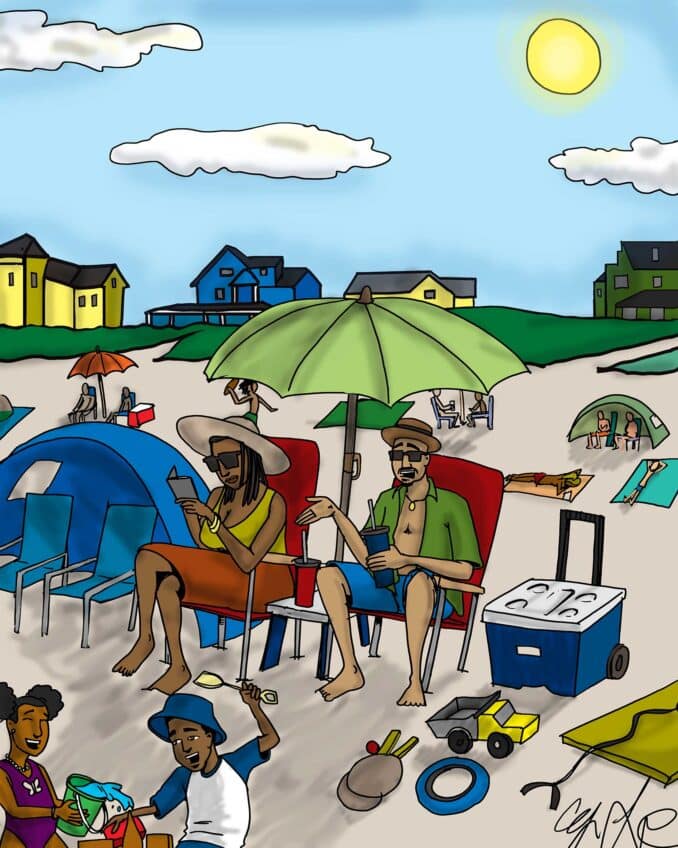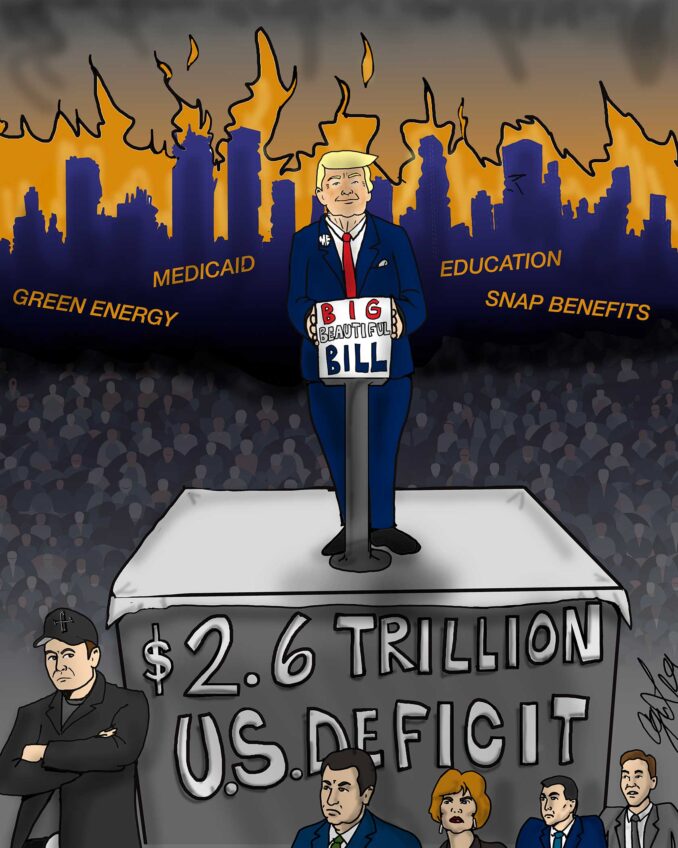Fifty years ago, large corporations aggressively recruited students graduating from major colleges to enroll them in their executive training programs. Then the college degree quickly became a passport to America’s middle class. This spring, graduates in the class of 2013 confront a completely different environment. Meaningful jobs are scarce, and an estimated 70 percent of the class has debt averaging $35,200, according to a study by Fidelity Investments.
The total student loan debt now exceeds $1 trillion and is greater than the nation’s outstanding credit card debt. An increase in the interest rate due in July from 3.4 percent to 6.8 percent for Federal Direct Stafford Loans will increase the size of the debt even more. Six months after their inspiring commencement services, new graduates will have to begin repaying their debt.
Policy makers now realize that the enormous size of student debt is a national problem. According to TransUnion, a credit reporting company, more than half of student loans are in deferred payment status, which excuses debt service for a period of time rather than to categorize the accounts as delinquent.
Republicans want to treat student loans like any other debt, with interest rates fluctuating with the rate for 10-year Treasury notes. According to the Congressional Budget Office, the rate for Stafford Loans under the Republican plan would rise to 7.7 percent in 2023. That would create quite a burden for those with Staffords, the primary federal loan.
Conservatives insist that generous education loans would have the harmful consequence of encouraging colleges and universities to increase tuition. Indeed, the cost of higher education has been rising, but that is primarily in response to a colossal increase in demand for college admission over the past 50 years.
According to the U.S. Census, the nation’s population was 179.3 million in 1960. College student enrollment then was 2.9 million. By 2010, the population had grown to 308.7 million, but the college enrollment had ballooned to 20.3 million. In 50 years, college attendance had grown by 700 percent. This was not primarily because of the availability of student loans, but because more education was needed to meet the requirements of technologically sophisticated employment.
It is also necessary to consider the substantial increase in prices over the past 50 years. In 1960, the federal minimum wage was $1.00 per hour. By 2010, the minimum wage had risen to $7.25. Consequently, the nation’s higher education institutions had to meet a 700 percent growth in enrollment during a period of rising costs.
National policy must facilitate growth in higher education if America is to remain the world’s leading economic power.






